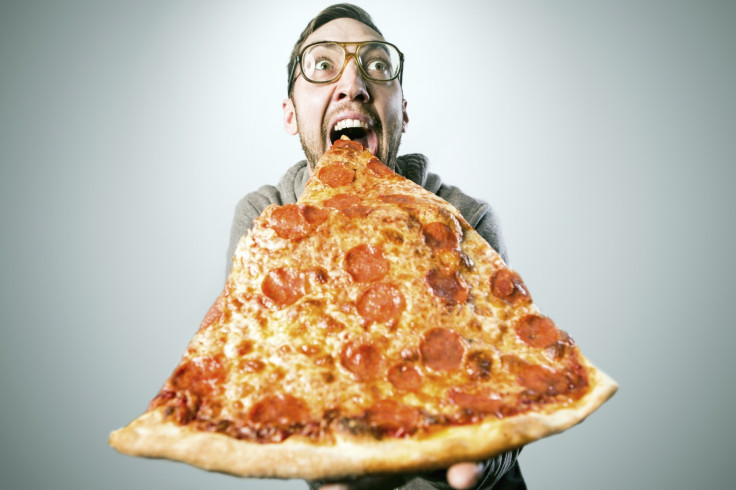Why do we get food cravings? Brain 'switch' discovered that could lead to weight loss therapies
Tapping into this circuit could reduce the urge to overeat.

Sometimes seeing a picture or advert for food is enough to make us hungry and reach for a snack. Scientists have now found how these cravings happen in the brain, offering hope for a way to tackle overeating.
The world is facing a growing obesity crisis, and a large part of that is because our brains – honed by evolution over hundreds of thousands of years – are hard-wired to want to eat food whenever we see it. In modern life, we are surrounded by food all the time, from our well-stocked kitchens, to corner shops, to billboards and adverts on TV and the internet.
A study in mice, published in Nature, has identified a brain circuit that reacts to images of food to stimulate the sensation of hunger.
"The problem is that our whole brain is tuned to make us find and eat food wherever we can. Up until about 200 years ago, that was fine. But now we have more food than we need," study author Mark Andermann of the Beth Israel Deaconess Medical Center told IBTimes UK.
The brain circuit is tucked away in a hard-to-reach part of the brain called the insular cortex. Scientists developed a new method to look inside this part of the brain and see when the cells were stimulated, and which other parts of the brain they communicated with.
"We effectively used a tiny periscope, only about 2mm wide, to look inside the skull," Andermann said. "Then we used a microscope that allows you to visualise brain cells and track them across many days while the mouse is awake and hungry for food."
The mice learned that when they saw a food picture, they could react to get food. This imitates the way humans see a picture or an advert for food and then get a craving and decide to go and eat something.

The cells in the insular cortex lit up when the mouse was hungry and saw the picture. These cells didn't light up in response to food pictures after the mouse had eaten a meal, but could be made to light up again by turning on another set of cells deep in the hypothalamus – AgRP neurones - that are linked with the body's basic drive for hunger. They connected with these cells via the amygdala, an almond-shaped part of the brain involved with values and emotion.
"When you have a mouse that's just eaten and it's full and just relaxing, and you turn on these neurones – the mouse will get up and go after these food pictures again," Andermann said. "The patterns you see in the insular cortex start to look like those of a hungry mouse again."
On the flip side, if the pathway between the AgRP neurones and the insular cortex was disrupted, the mouse would only be interested in food if it was right in front of it, and wouldn't go after the food pictures.
Obese youth
Obesity is a worsening problem across much of the world. A recent study found that 2 billion people in the world are overweight or obese. Deaths and disability due to obesity are rising fast in middle-income countries such as China and Brazil. Obesity is growing fastest among children and adolescents across the board.
"The reason that's scary is that the regions we've identified are really the most flexible and the most impressionable during this critical adolescent period," Anderman said.
As a result, bad habits acquired when young could be much harder to shift than in later life.

Cure for overeating?
The findings could shed light on future therapies to reduce overeating in humans. If the pathways between the AgRP neurones and insular cortex could be disrupted in humans, then seeing food around might not translate in an urge to eat.
But this is still a long way off, in part due to the sheer complexity of the circuit. It's also just one of many involved in the hunger response.
"I don't think we'll have a cure for overeating in the next 10 years, but you never can tell," Andermann said.
This knowledge could also be used to inform established treatments for overeating, such as cognitive behavioural therapy and counselling.
"The important thing is that we've been trying to fix the car without having any idea how it works at the level of specific circuits you need to go in and adjust," he said. "This really opens up a new way of going after this problem of really knowing how the brain links hunger and cravings."
© Copyright IBTimes 2025. All rights reserved.





















